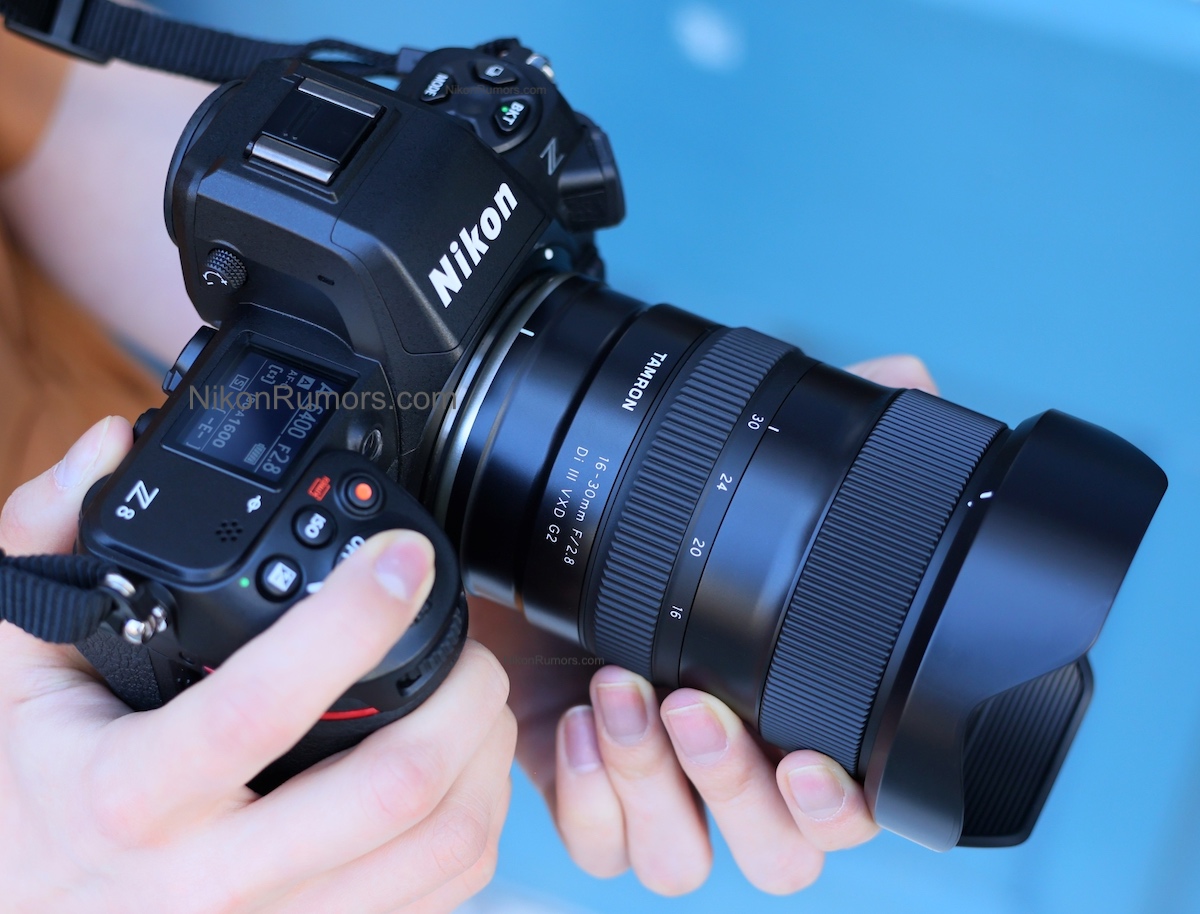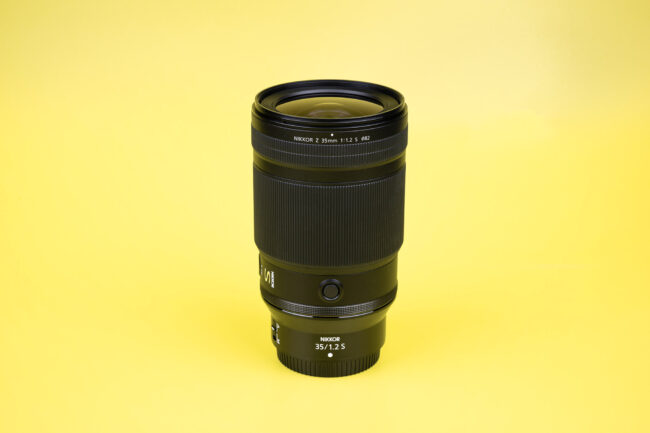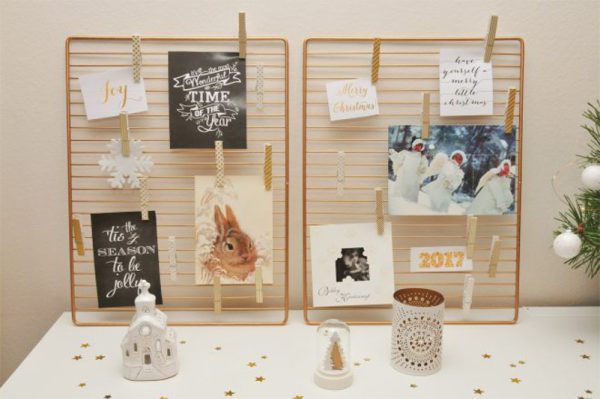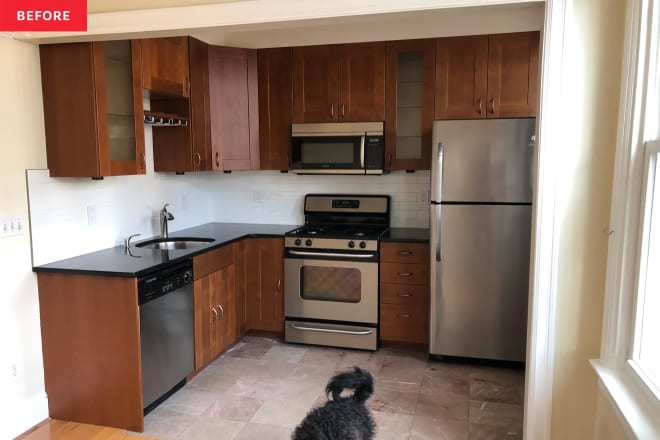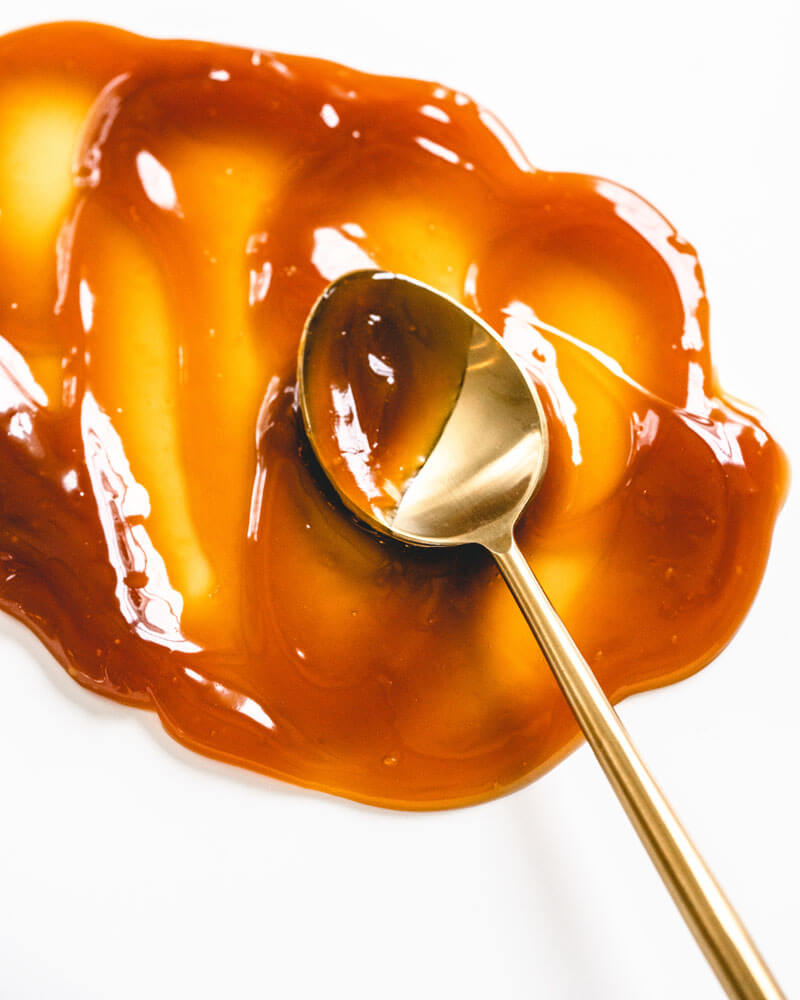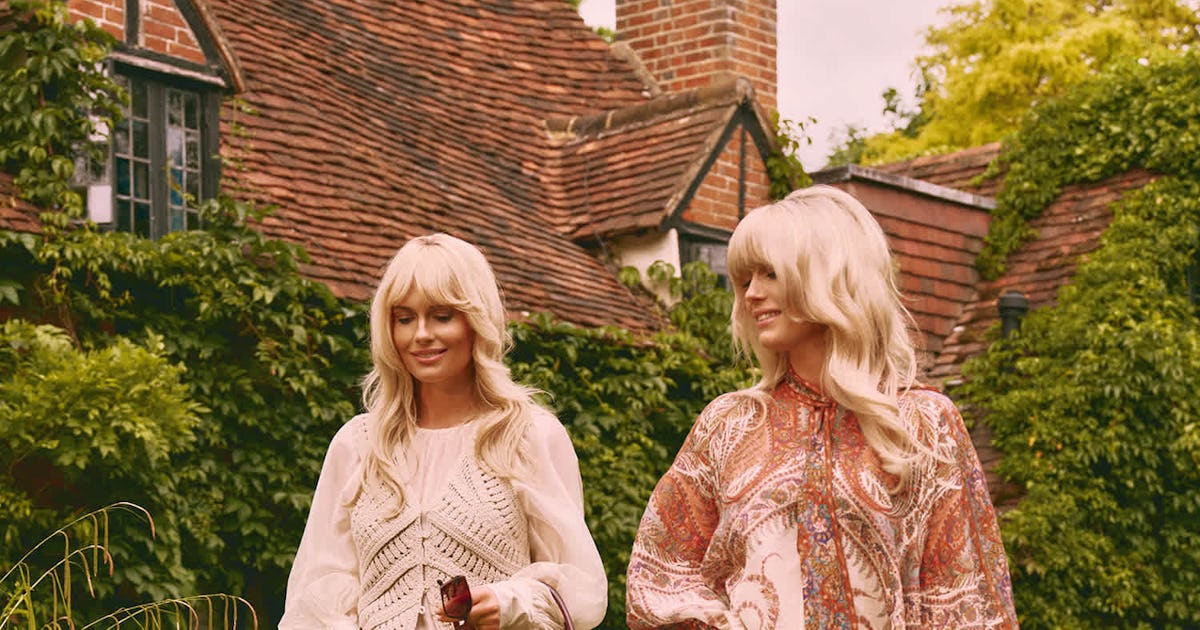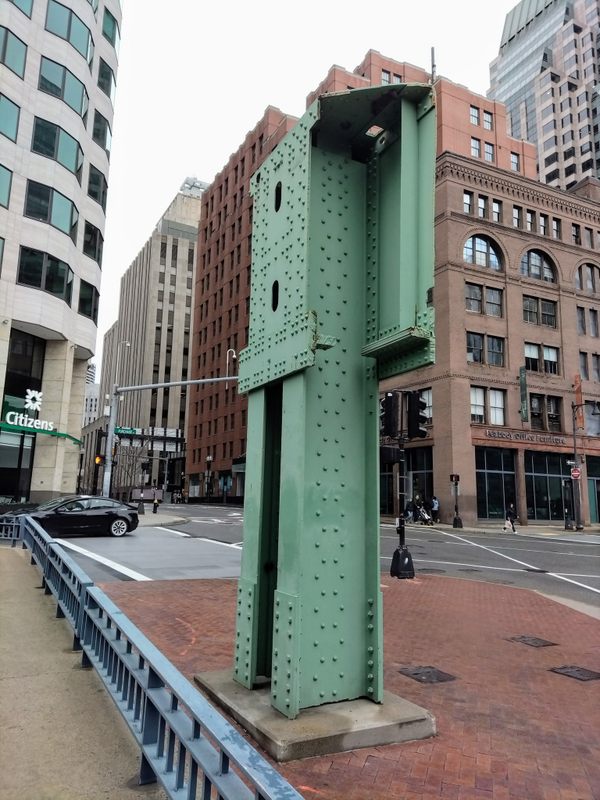Making antique looking modern gramophone
A couple of months ago, on a Sunday afternoon, I was sitting beside my Dad on a garden bench, while we both were trying to digest Moms ample lunch. It seemed like he was slowly drifting towards his usual afternoon nap, when he suddenly lifted his head and said „You know, there is a thing I always wanted to have ... A nice gramophone!“ „It was about time“, I thought. He already has a gramophone (RIZ Tosca 20), but it is an old device he bought when he was a teenager, and it was a „budget“ model gramophone of the Yugoslavian manufacturer. Instead of diamond stylus it had some sort of crystal stylus notorious for damaging records. We have already suggested him a new gramophone, but Dad being Dad, he just couldn't bring himself to get a new device while old device still works. „Great!“ I told him „What kind of gramophone would you like to have?“ „Oh, you know, that one from old movies, with a horn and a winding crank“ „But Dad, those antique gramophones had some different thicker records and a metal stylus. You couldn't be able to play your collection of modern records on it“ „Oh, i didn't know that... That's a pity. No matter then.“ he said. But I saw sadness on his face. So, as his birthday was approaching, I decided to make him a gramophone! Or, at least „Frankenstein“ it... First I did some research. Luckily, I found an „antique“ gramophone at some local amateur arts dealer's place. „It is at least hundred years old“, he told me, but after detailed inspection, the gramophone happened to be some ten to twenty years old reproduction, made to look antique, known as a „Crapophone“ among the experts. I tried playing it, and the name is well deserved. But it was perfect for my project. I would feel really bad disassembling some real antique. Another part, „the donor“, was a new AIWA gramophone (GBTUR-120) with integrated amplifier and two (surprisingly loud) 5W speakers. It is a budget model, but at least it has diamond stylus and can play modern records. And it even has a FM radio! The whole mechanism is floating on MDF base, using only two springs. Disassembling it was a walk in a park although some parts were held using hot glue. The Crapophone had a winding mechanism with a spring and a speed regulator hidden in the box under the turntable. After extracting it I was left with an empty box perfect for housing donor turntable and controls. I had to cut the lid to fit the turntable, make two circular openings in the front to fit the speakers and some openings in the back for the power supply and FM radio controls. And that was a tight fit! Some donor wires needed lengthening, so I had to use soldering iron. Original Aiwa volume control knob was too short, so i had to manufacture an extension using some brass nuts and washers. And it worked! At first the sound was a bit „boxy“, but some self-adhesive foam insulation on the inside solved the problem. It took some time to finish this project as I was not very familiar with the gramophones when I started, but it was a fun project and a great opportunity to learn and practice some skills. Happy birthday, Old man! submitted by /u/RogueFox85 [link] [comments]

 | A couple of months ago, on a Sunday afternoon, I was sitting beside my Dad on a garden bench, while we both were trying to digest Moms ample lunch. It seemed like he was slowly drifting towards his usual afternoon nap, when he suddenly lifted his head and said „You know, there is a thing I always wanted to have ... A nice gramophone!“ „It was about time“, I thought. He already has a gramophone (RIZ Tosca 20), but it is an old device he bought when he was a teenager, and it was a „budget“ model gramophone of the Yugoslavian manufacturer. Instead of diamond stylus it had some sort of crystal stylus notorious for damaging records. We have already suggested him a new gramophone, but Dad being Dad, he just couldn't bring himself to get a new device while old device still works. „Great!“ I told him „What kind of gramophone would you like to have?“ „Oh, you know, that one from old movies, with a horn and a winding crank“ „But Dad, those antique gramophones had some different thicker records and a metal stylus. You couldn't be able to play your collection of modern records on it“ „Oh, i didn't know that... That's a pity. No matter then.“ he said. But I saw sadness on his face. So, as his birthday was approaching, I decided to make him a gramophone! Or, at least „Frankenstein“ it... First I did some research. Luckily, I found an „antique“ gramophone at some local amateur arts dealer's place. „It is at least hundred years old“, he told me, but after detailed inspection, the gramophone happened to be some ten to twenty years old reproduction, made to look antique, known as a „Crapophone“ among the experts. I tried playing it, and the name is well deserved. But it was perfect for my project. I would feel really bad disassembling some real antique. Another part, „the donor“, was a new AIWA gramophone (GBTUR-120) with integrated amplifier and two (surprisingly loud) 5W speakers. It is a budget model, but at least it has diamond stylus and can play modern records. And it even has a FM radio! The whole mechanism is floating on MDF base, using only two springs. Disassembling it was a walk in a park although some parts were held using hot glue. The Crapophone had a winding mechanism with a spring and a speed regulator hidden in the box under the turntable. After extracting it I was left with an empty box perfect for housing donor turntable and controls. I had to cut the lid to fit the turntable, make two circular openings in the front to fit the speakers and some openings in the back for the power supply and FM radio controls. And that was a tight fit! Some donor wires needed lengthening, so I had to use soldering iron. Original Aiwa volume control knob was too short, so i had to manufacture an extension using some brass nuts and washers. And it worked! At first the sound was a bit „boxy“, but some self-adhesive foam insulation on the inside solved the problem. It took some time to finish this project as I was not very familiar with the gramophones when I started, but it was a fun project and a great opportunity to learn and practice some skills. Happy birthday, Old man! [link] [comments] |



